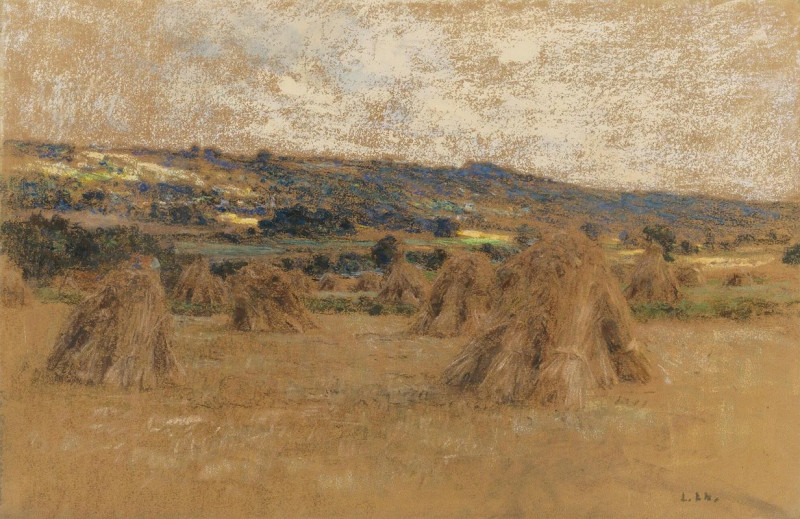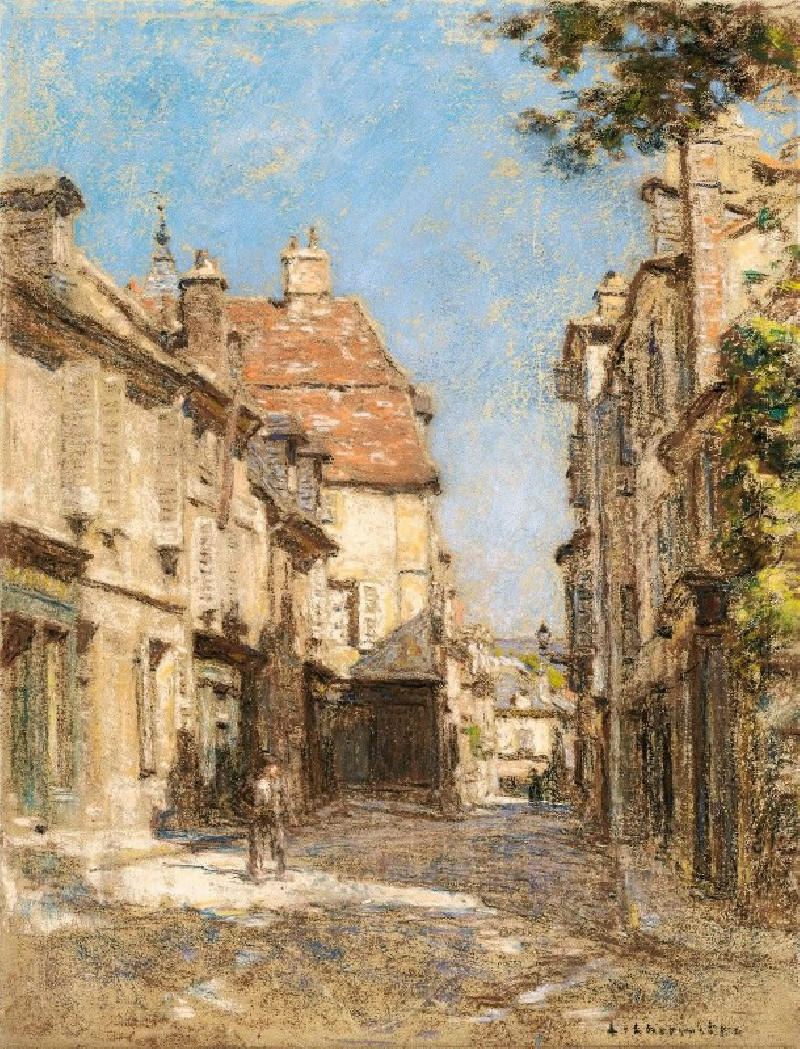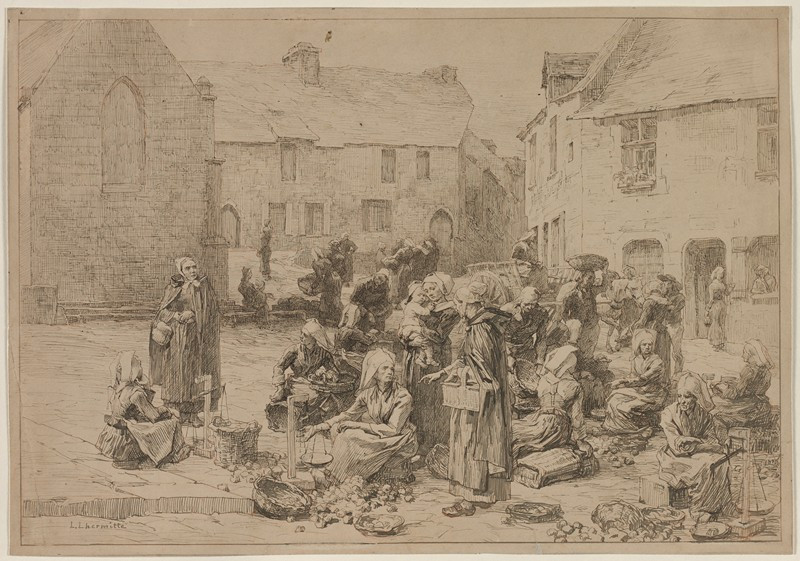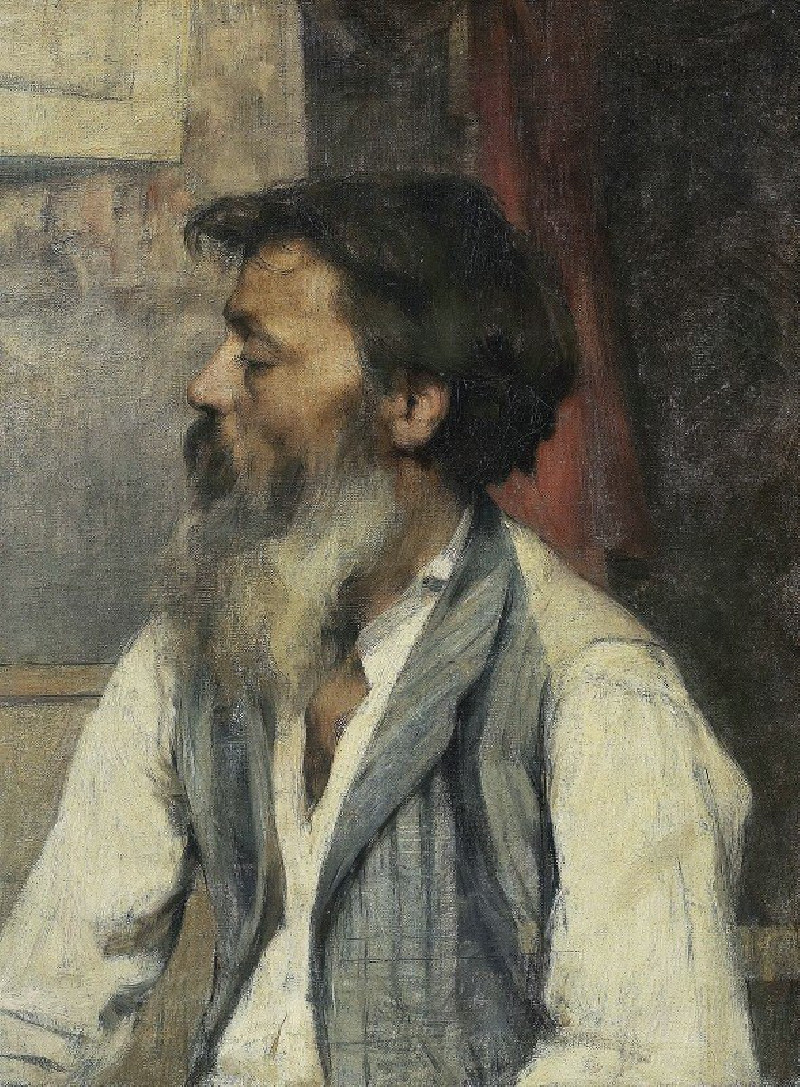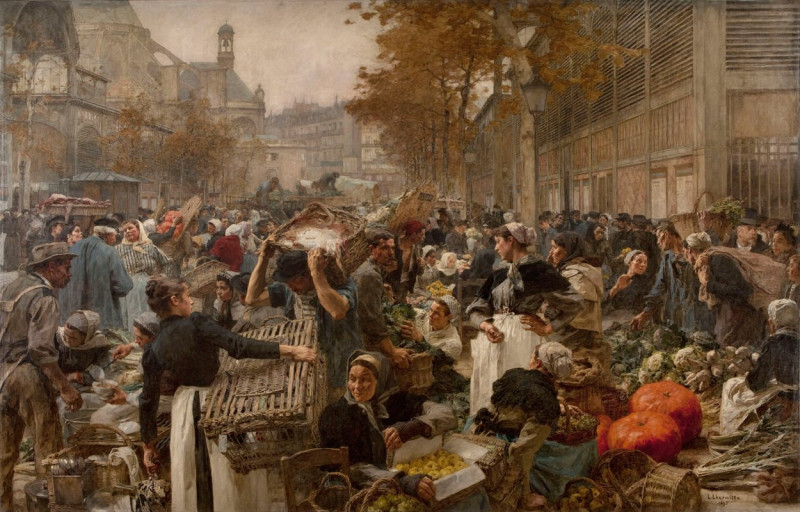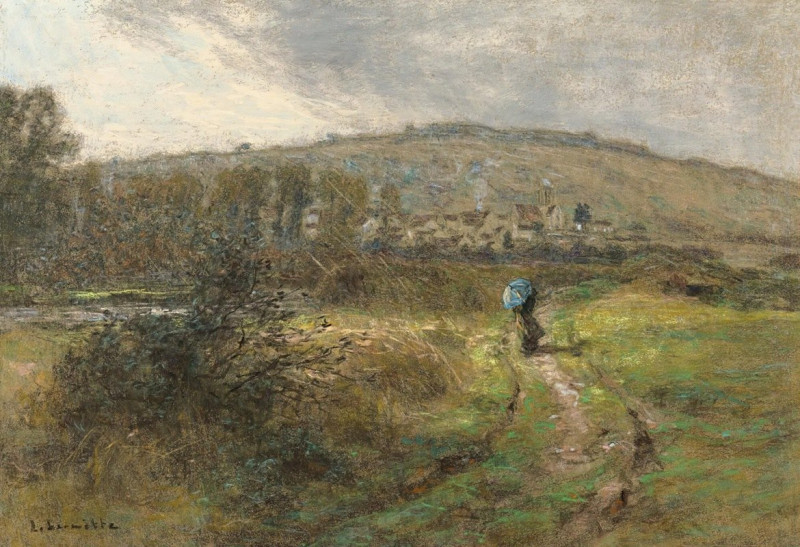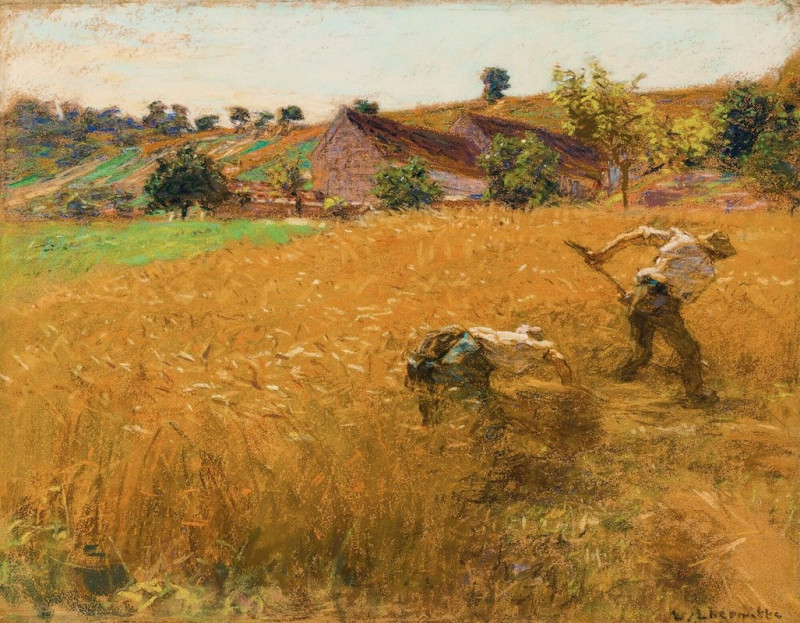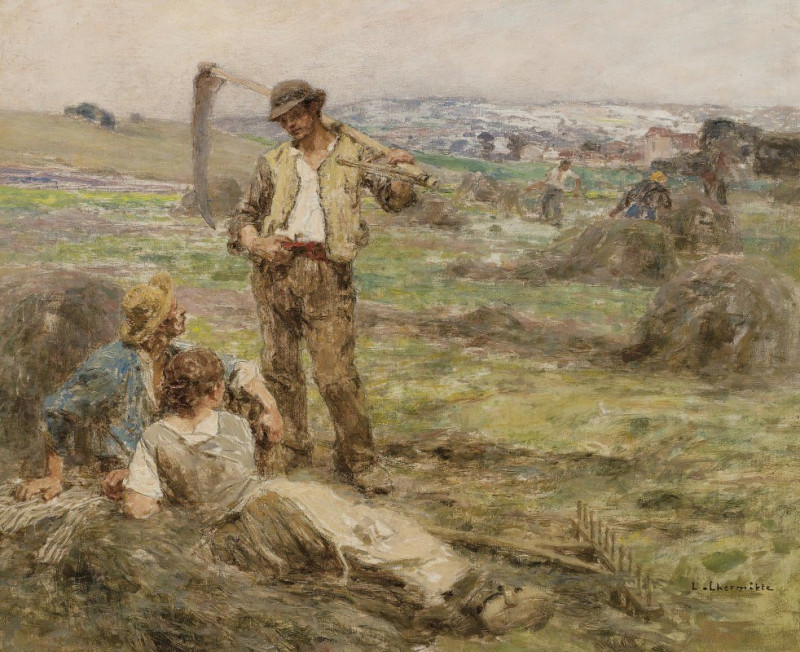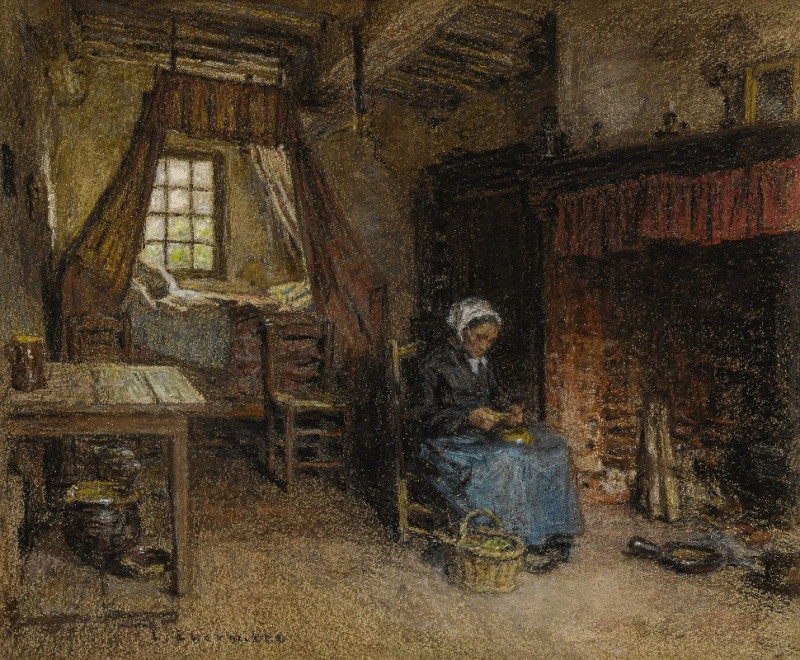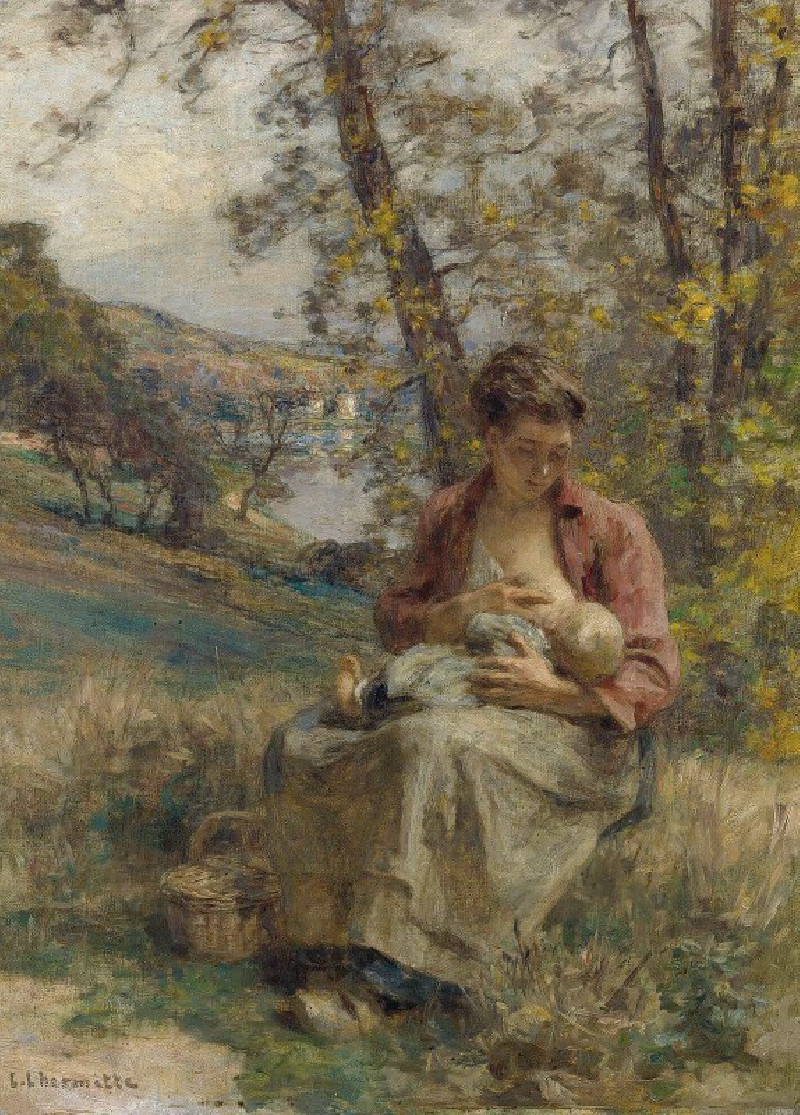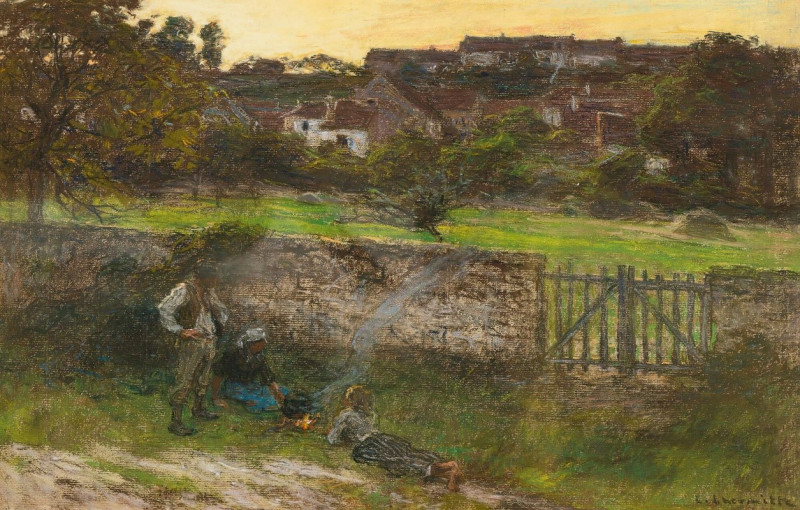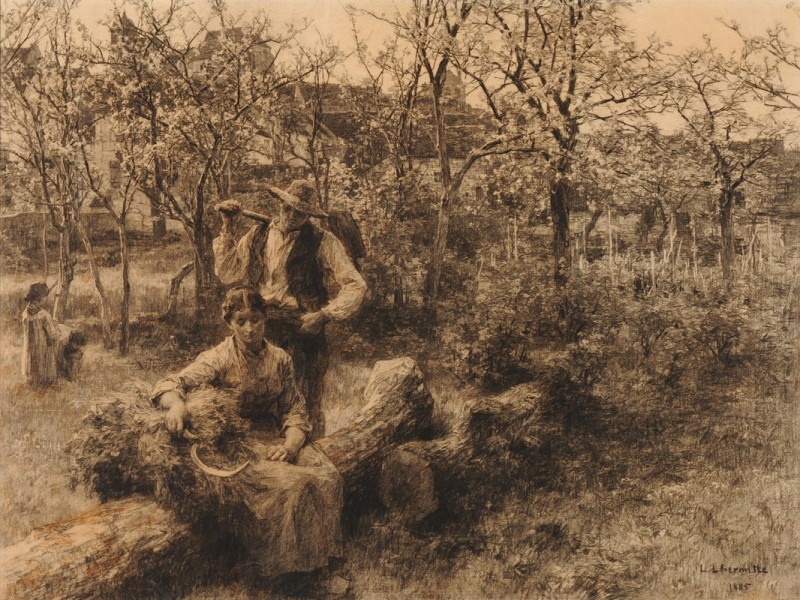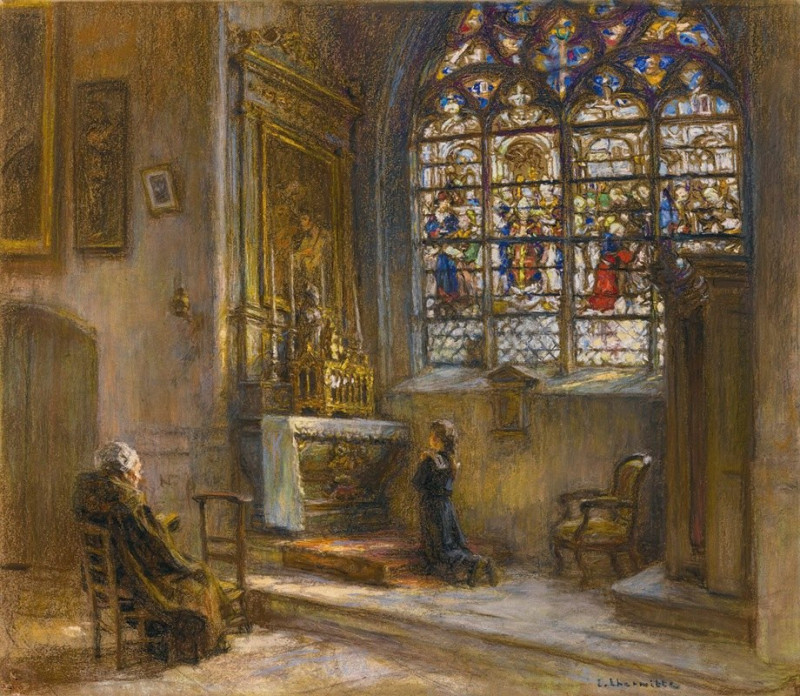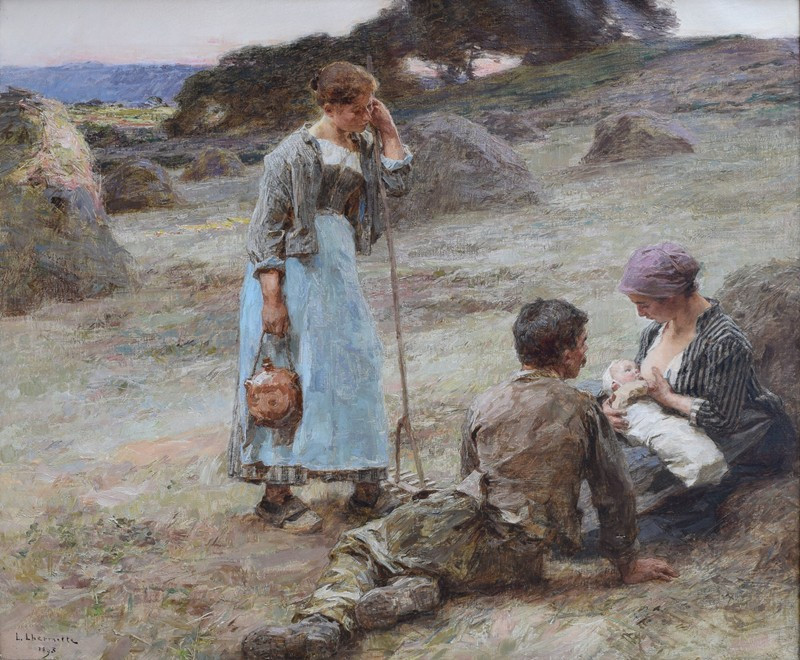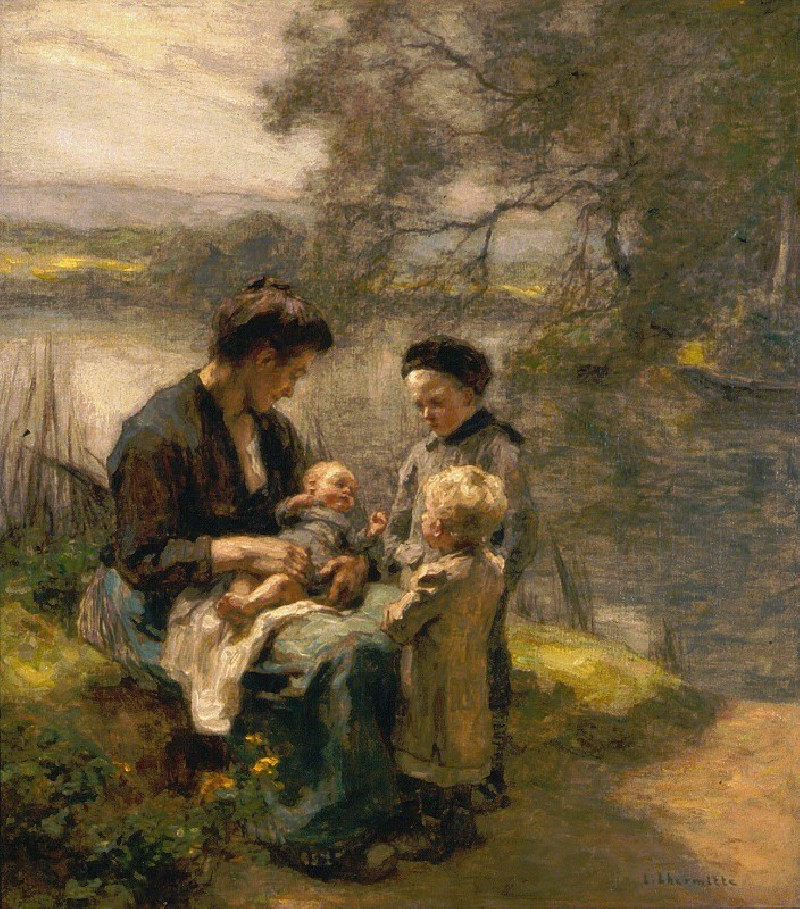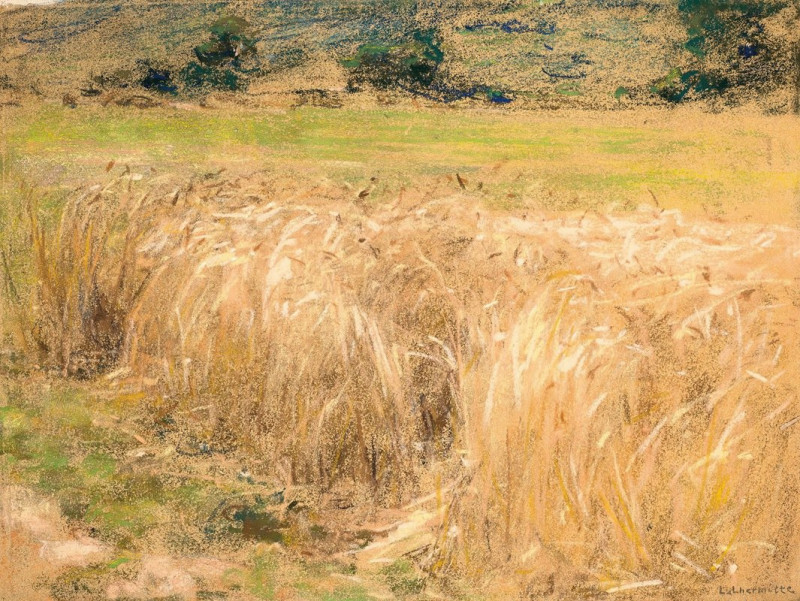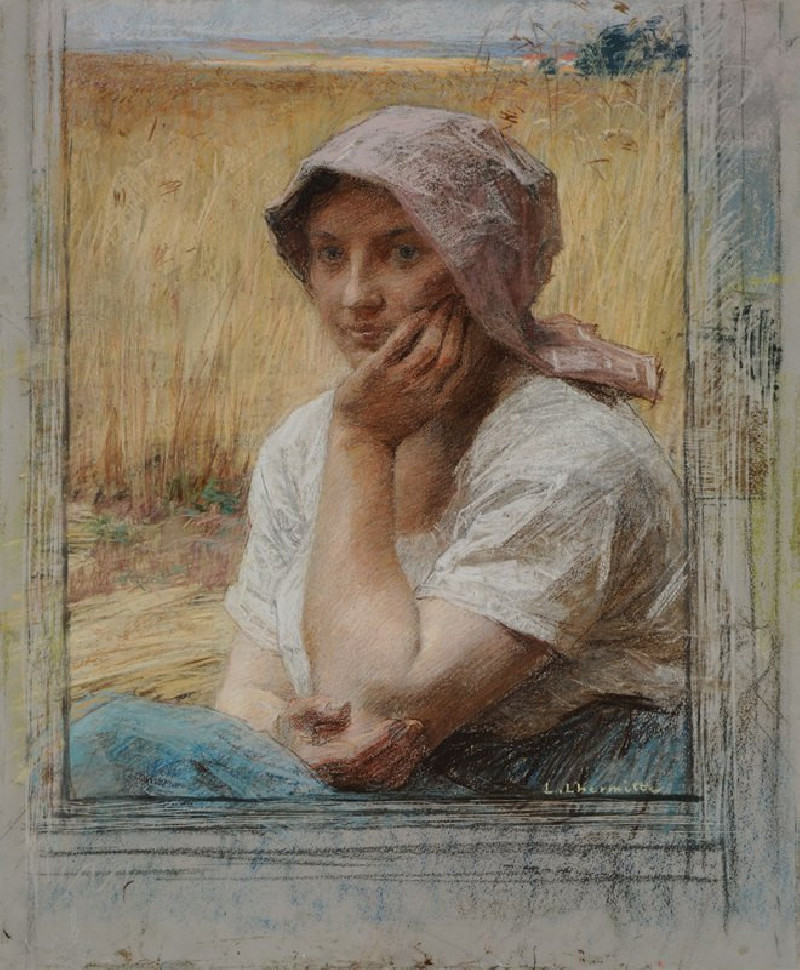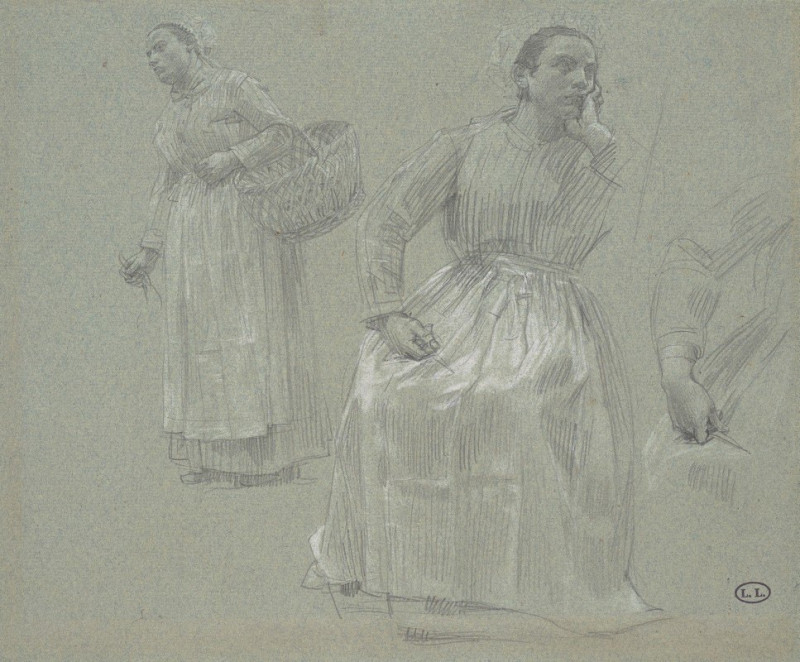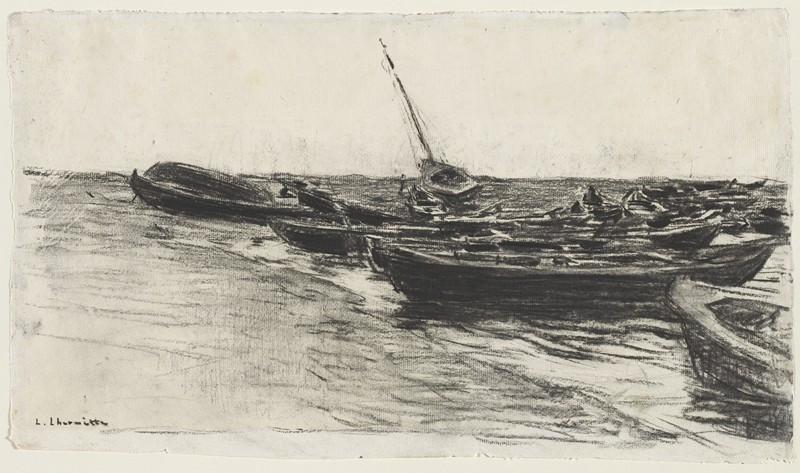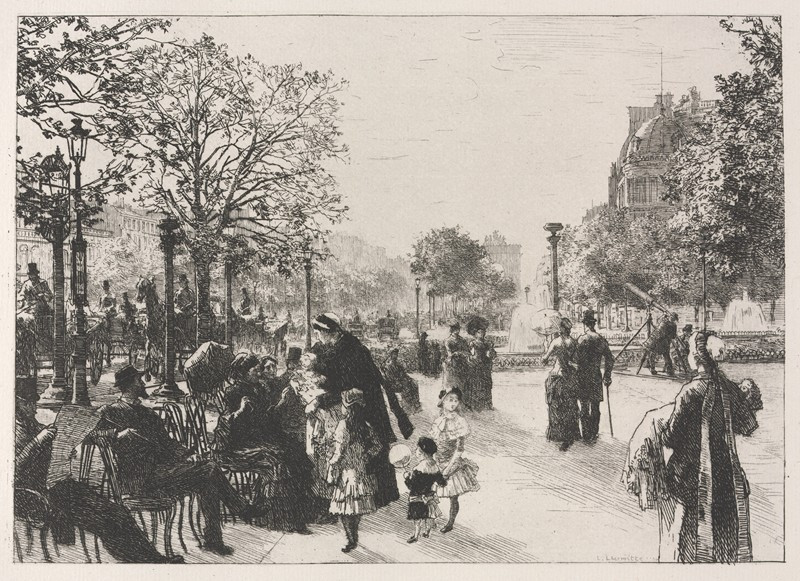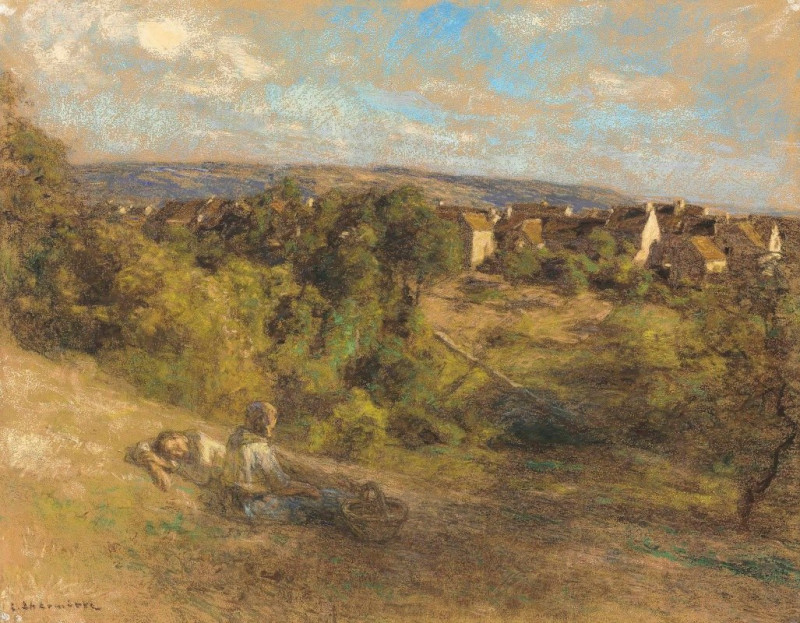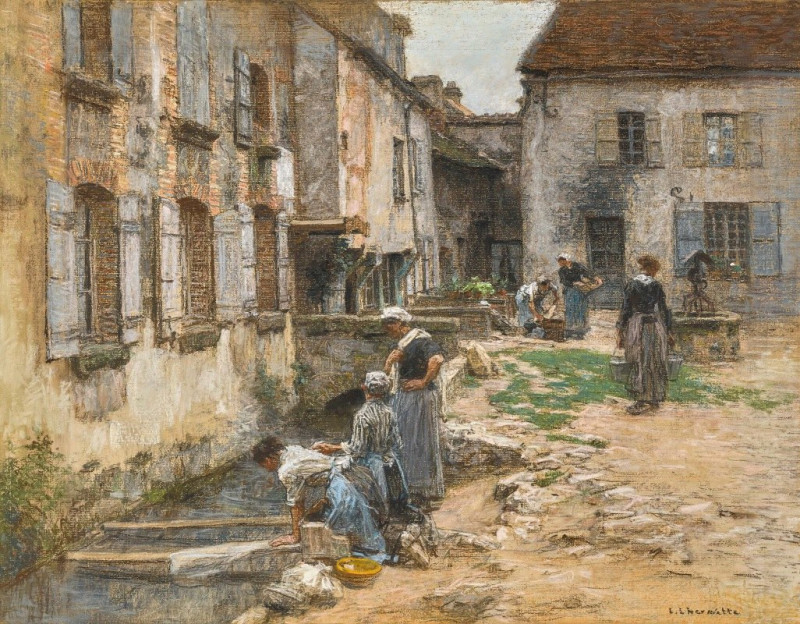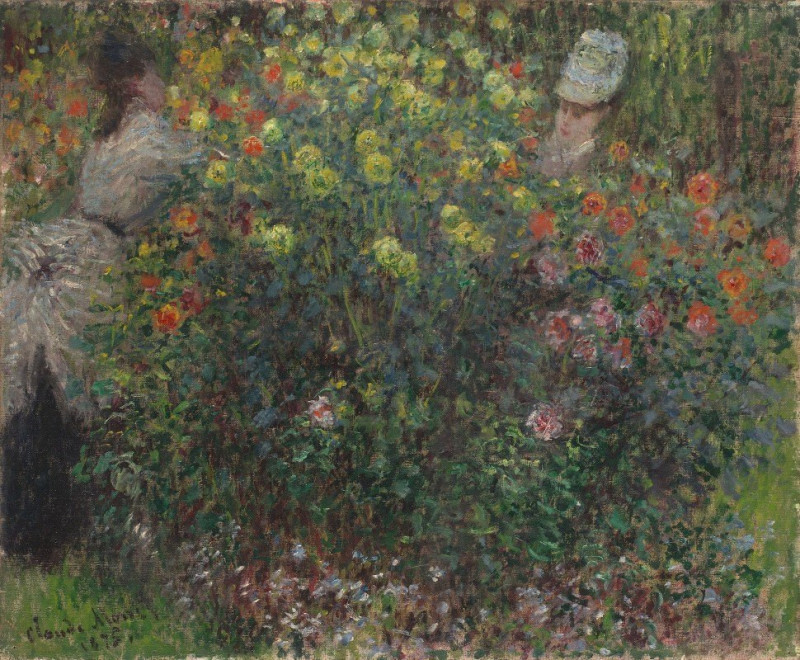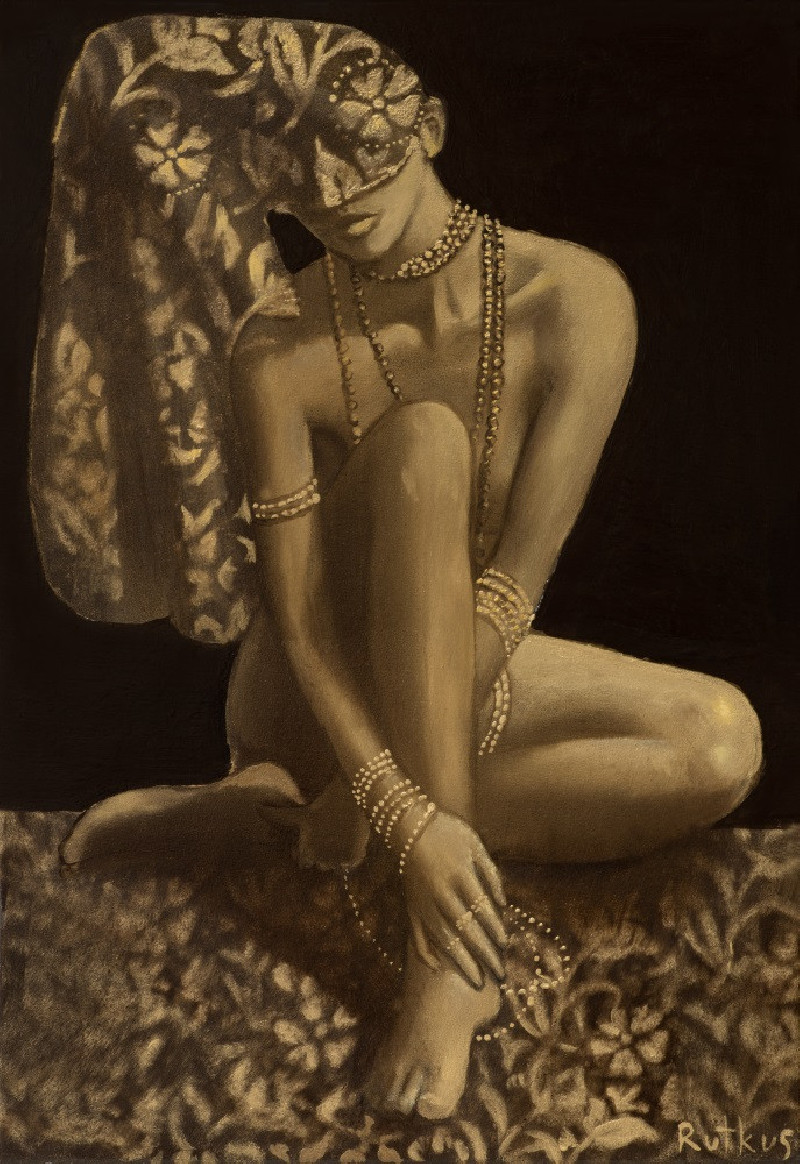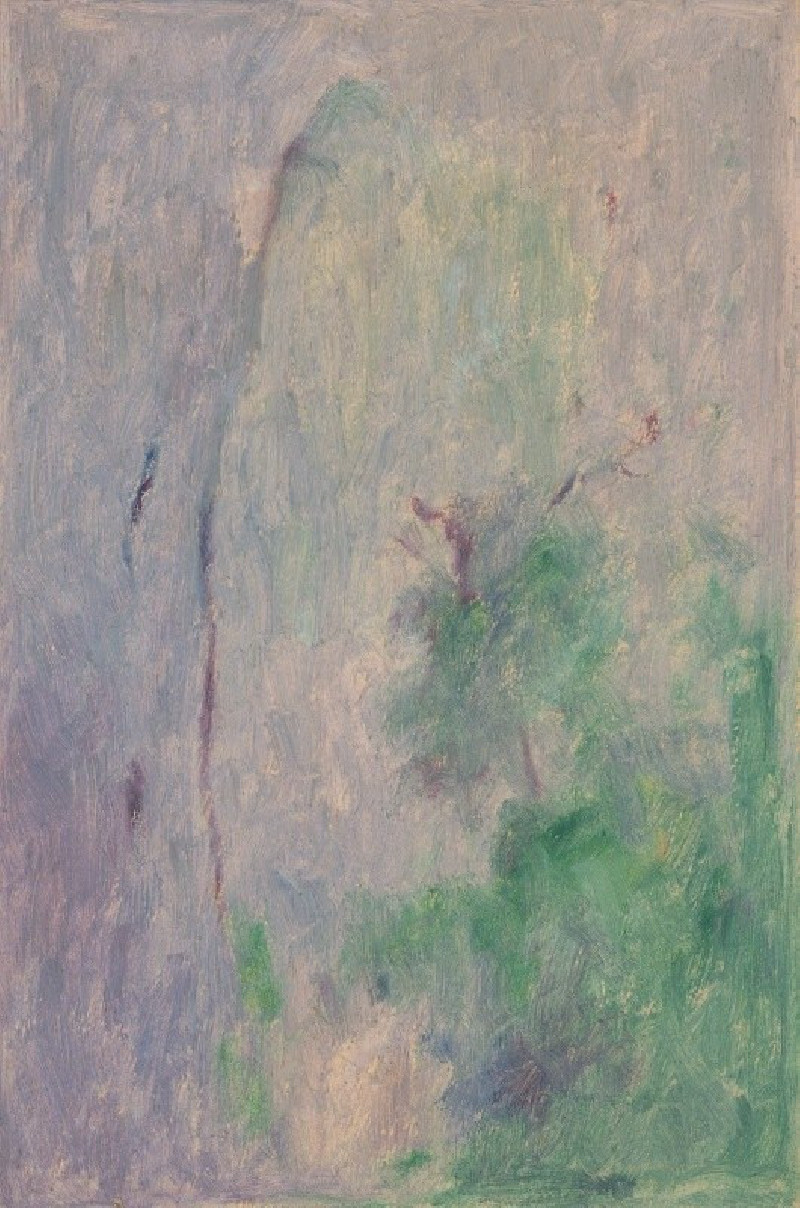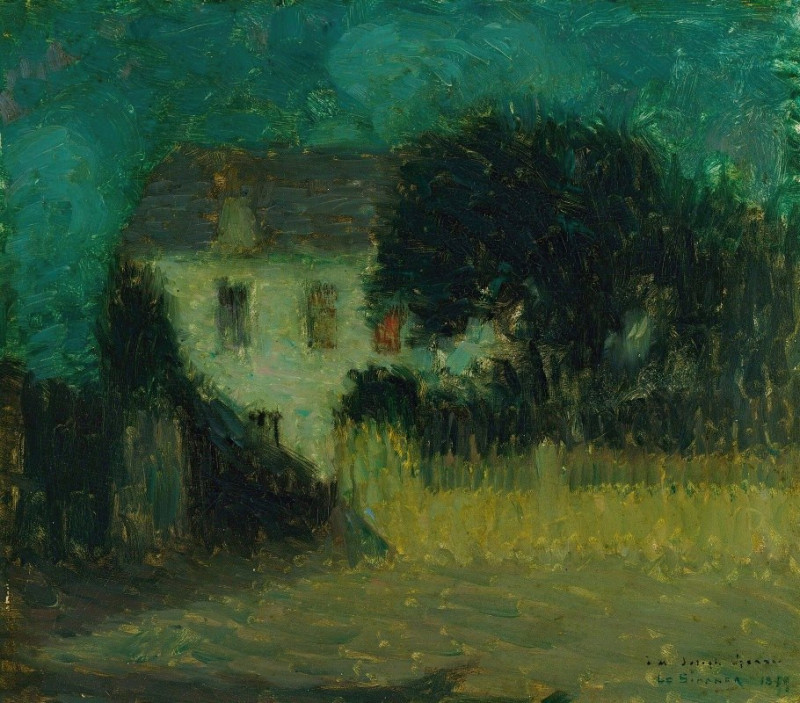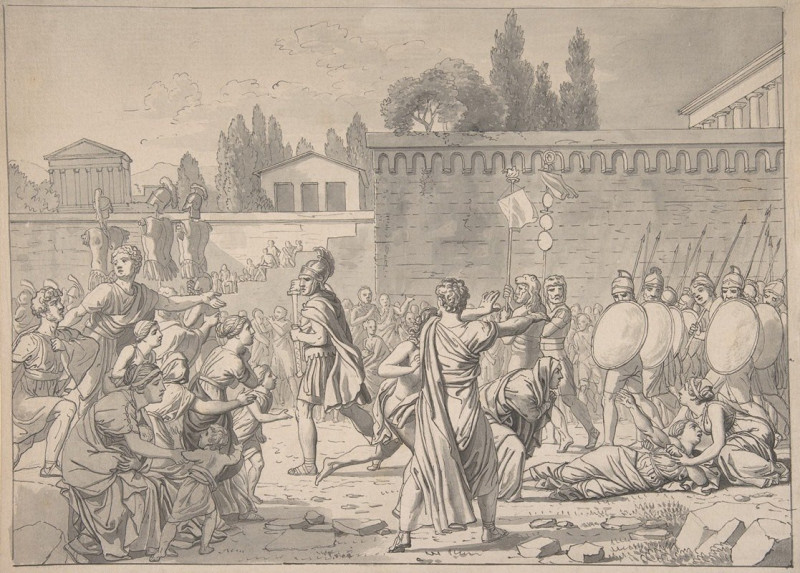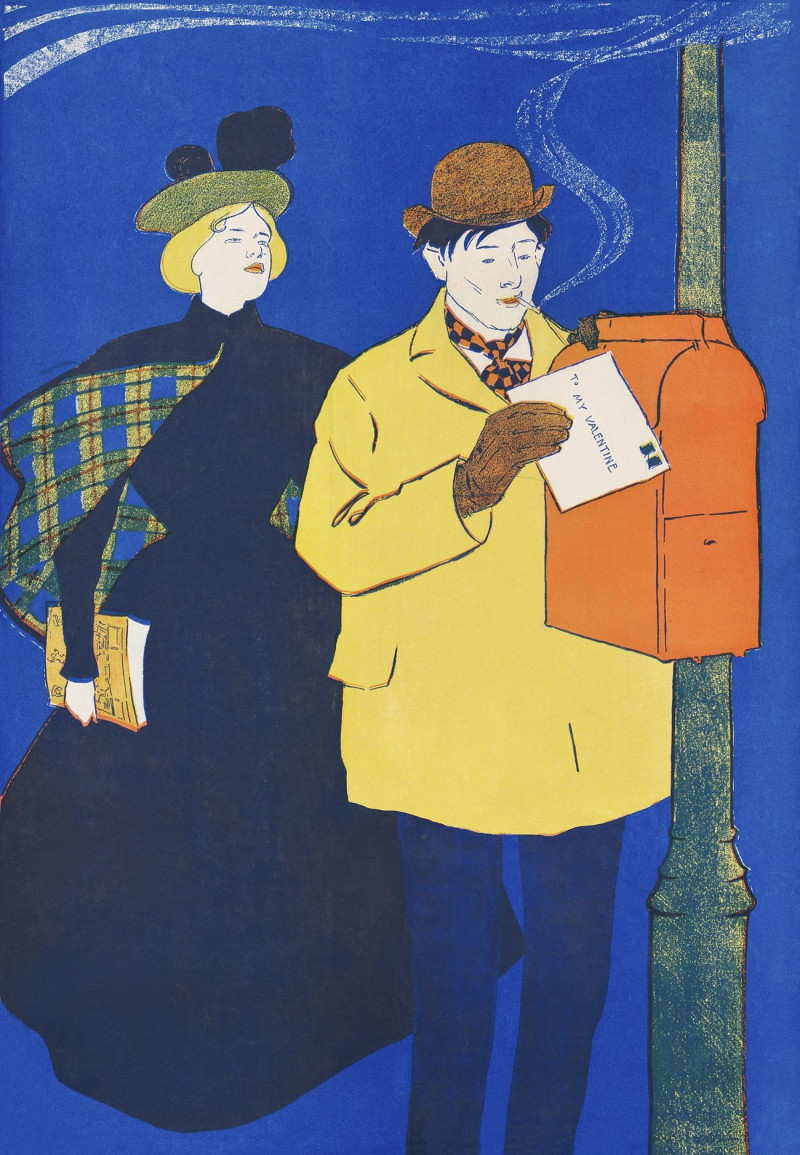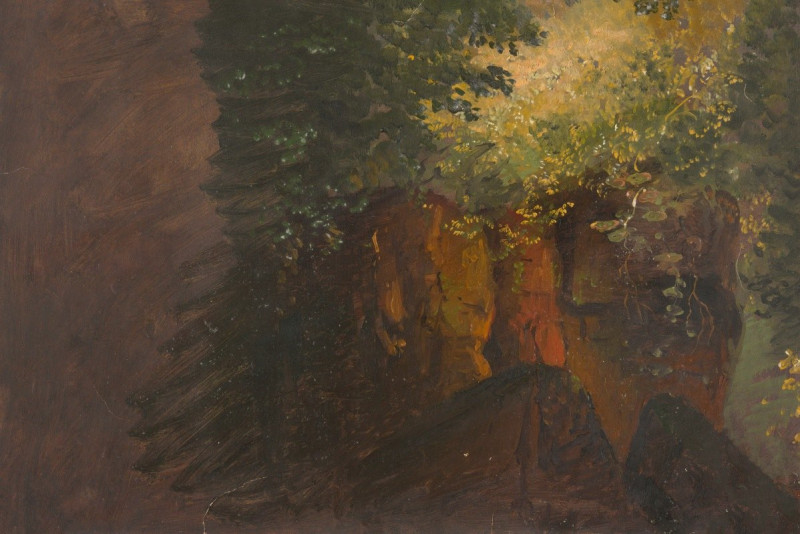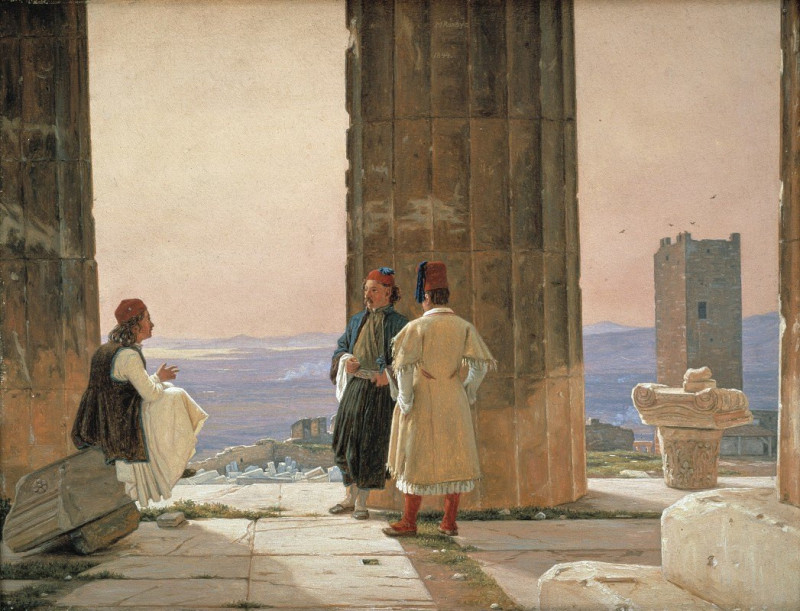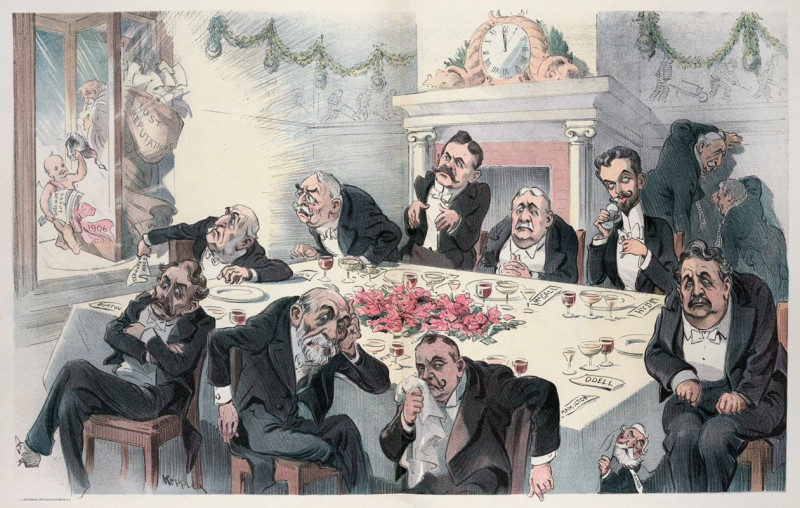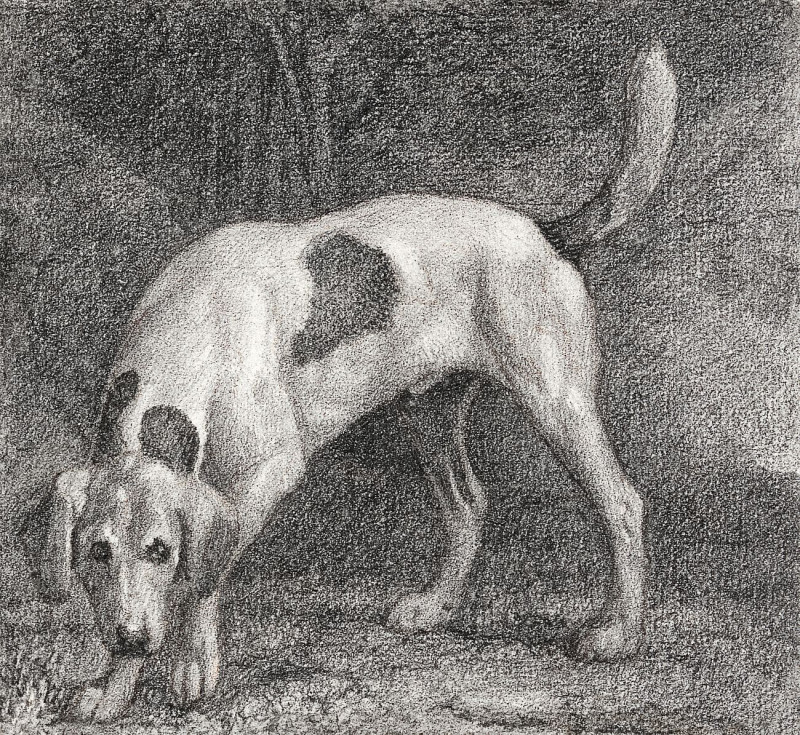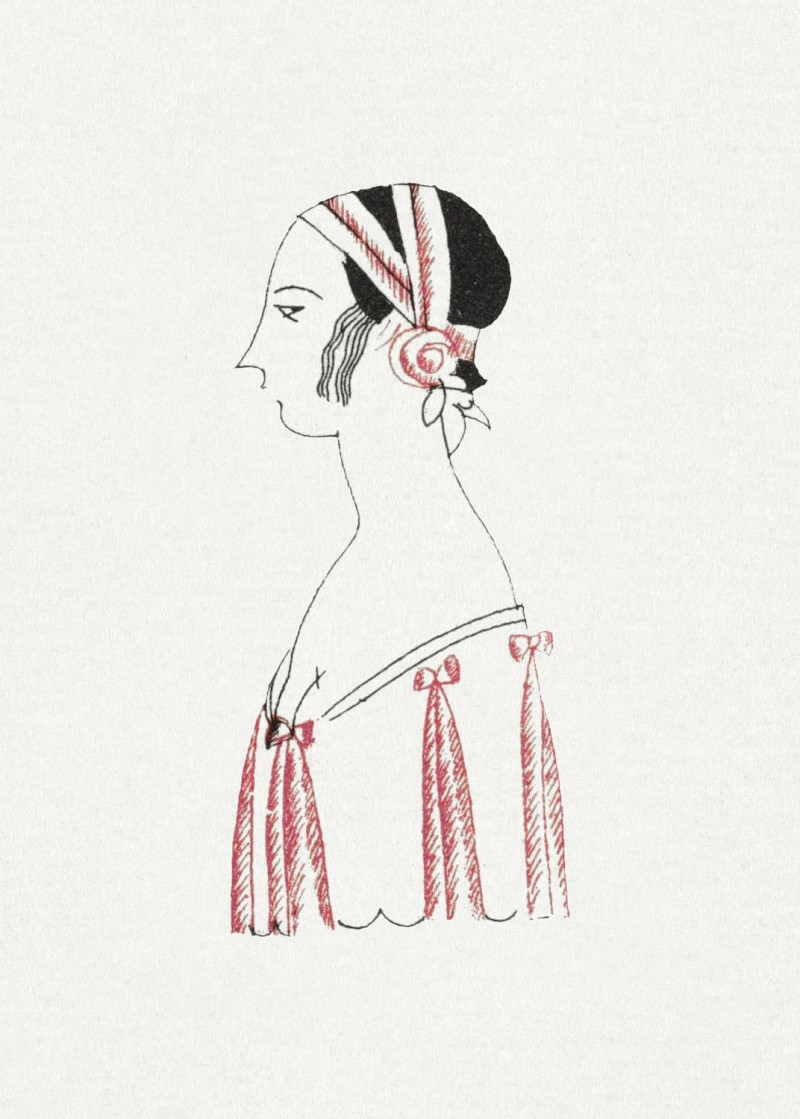Gerbes En Tas
Technique: Giclée quality print
Recommended by our customers
More about this artwork
Discover the serene pastoral charm captured in Léon Augustin Lhermitte's "Gerbes En Tas," a remarkable testament to the artist's devotion to the natural and the rustic. This exquisite piece, rendered with delicate pastel colors, vividly illustrates a typical day in the countryside, replete with meticulously stacked sheaves of wheat.The painting welcomes viewers into a tranquil agrarian scene, where wheat sheaves stand prominently in the foreground, skillfully placed by harvesters. These bundles, golden-brown under the gentle kiss of sunlight, evoke a sense of order and the fruitful yield of hard labor. Beyond these stacks, the eye travels over an expansive field that stretches towards a distant horizon, dotted with sparse trees and patches of wildflowers, hinting at nature's undisturbed peace and bounty.Lhermitte's masterful use of color and texture brings the landscape to life, with the sky overhead scattered with soft, cloud-like strokes, suggesting the onset of dusk or a clearing storm. This backdrop casts a diffuse light across the scene, highlighting the earthy tones of the field and enhancing the sense of depth."Gerbes En Tas" not only showcases Lhermitte's technical prowess with pastels but also reflects his profound connection to the French countryside. His works frequently celebrated the dignity of peasant life, and this painting is no exception, offering a view that is both idealized and deeply respectful.This piece is a wonderful exploration of nature's subtle interplays and the age-old relationship between human toil and the land—a theme that resonates as much in contemporary times as it did when Lhermitte first set pastel to paper.
Delivery
Returns
Léon Augustin Lhermitte was a French naturalist painter and etcher whose primary subject matter was rural scenes depicting peasants at work.
He was a student of Lecoq de Boisbaudran, he gained recognition after his show in the Paris Salon in 1864.
His many awards include the French Legion of Honour (1884) and the Grand Prize at the Exposition Universelle in 1889.

